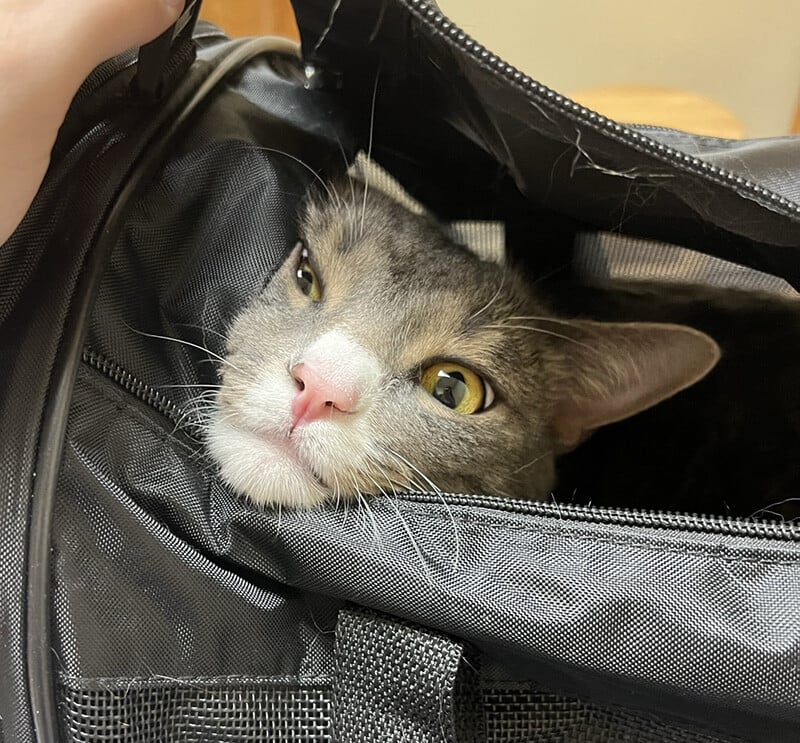
How Does Pet Microchipping Work?
The tiny chip, embedded under the skin, contains a unique identification number linked to the owner’s contact information. It’s a secure and permanent method of identification that remains functional throughout your pet’s life.
If your dog or cat becomes lost, this pet microchip can be scanned by a veterinary clinic or shelter, and the information can be used to contact you and reunite you with your furry family member. It’s a simple yet invaluable precaution that every pet parent should take.
What Information is Stored in My Pet’s Microchip?
A microchip contains a unique 15-digit identification number. This number works like your pet's personal ID code. When scanned by a veterinarian or shelter, this number links to a secure database containing:
Owner Contact Information
- Your full name
- Primary phone number
- Alternative phone number
- Current home address
- Email address
Pet Information
- Pet's Name
- Breed
- Color/markings
- Date of birth/age
- Gender
- Spay/neuter status
- Medical conditions or special needs
Microchip Details
- Date of implantation
- Brand of microchip
- Implanting organization
Veterinary Contact
- Primary vet clinic name
- Clinic phone number
- Clinic address
Just remember: The microchip itself only stores the ID number; all other information is kept in a secure online database. This means you can easily update your contact information anytime it changes, such as when you move or change phone numbers, through the microchip registry website or phone number.
For More Information:

The Importance of Dog and Cat Microchipping
A microchip essentially acts as a critical lifeline if they ever become lost or separated from your family. Unlike collars and tags that can fall off, this tiny device has helped reunite countless lost pets with their worried families, often in situations where there would otherwise be no way to prove ownership or contact information.
For owners, microchipping also provides invaluable peace of mind, knowing that their beloved pet has a much higher chance of finding their way back home if they ever wander off, escape during a disaster, or even if they're stolen. In fact, statistics show that microchipped dogs are more than twice as likely to be returned to their owners compared to those without microchips.

Are There Any Risks with Pet Microchipping?
While microchipping is recommended by veterinarians worldwide, we believe in keeping our pet parents fully informed about all aspects of their pet's care. The most common risks of dog microchipping are brief discomfort during the injection (similar to a routine vaccination) and minor tenderness or swelling at the injection site that typically resolves within a day or two.
More rare complications can include migration of the chip from the original injection site, infection, or allergic reactions—but these occurrences are exceptionally uncommon. At Leo’s Pet Care, we minimize any risks by using only FDA-approved microchips, following strict sterile protocols, and having experienced veterinary staff perform the procedure.
Schedule a Pet Microchipping Appointment in Carmel, IN

%20(1)b%20(1)%20(1).png)